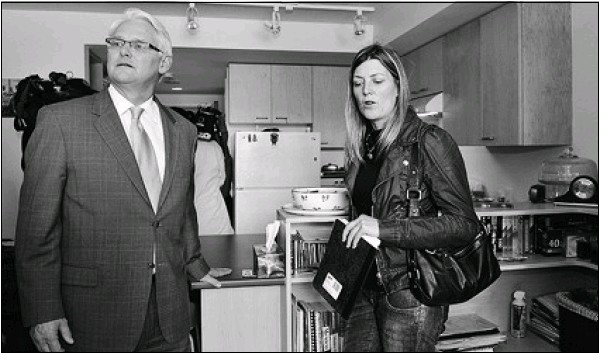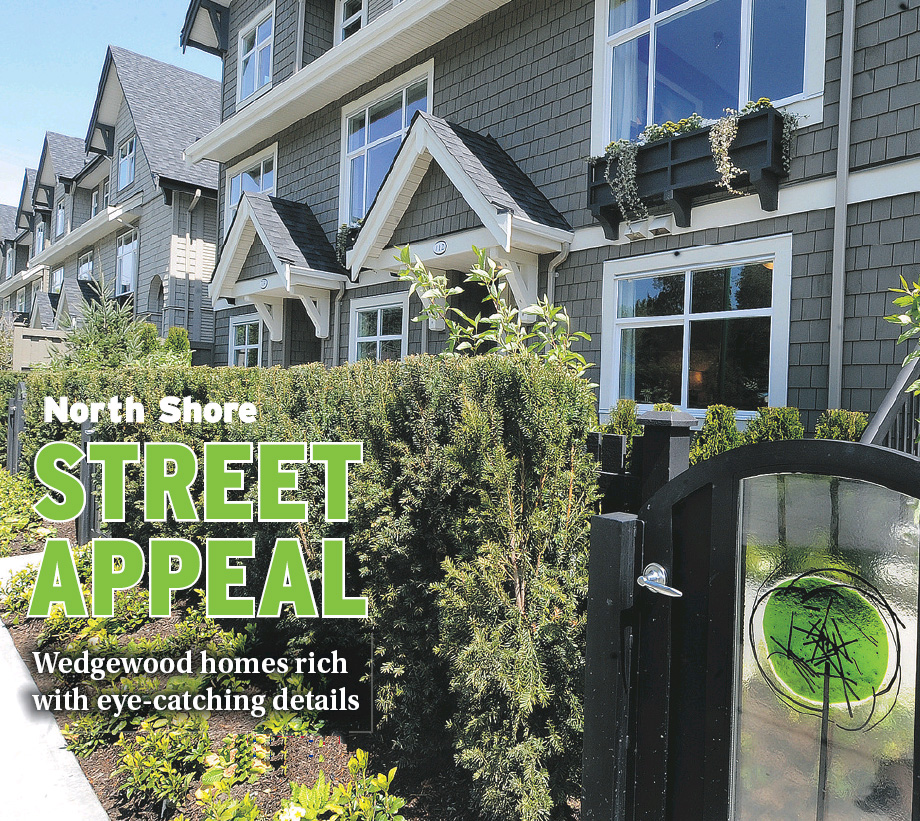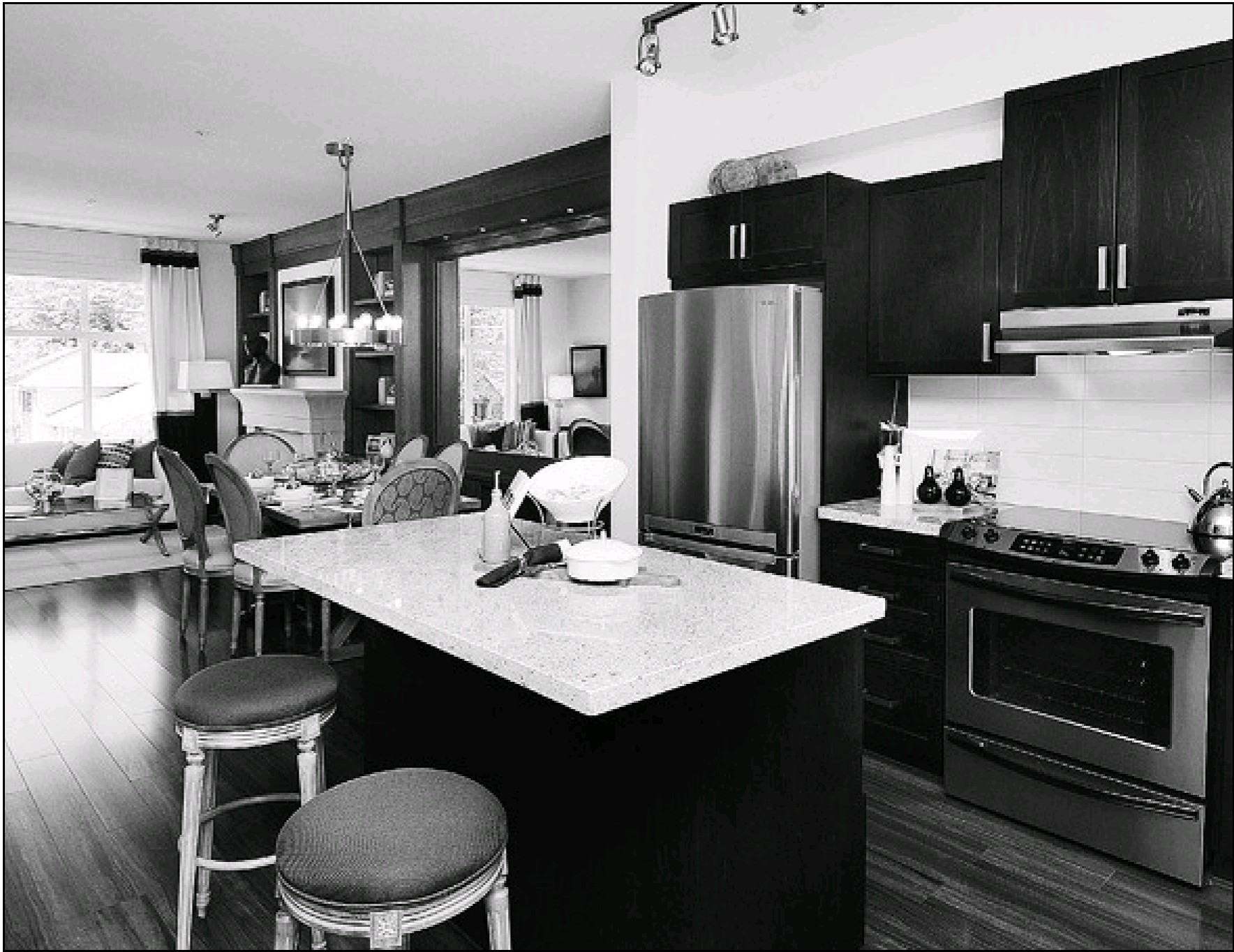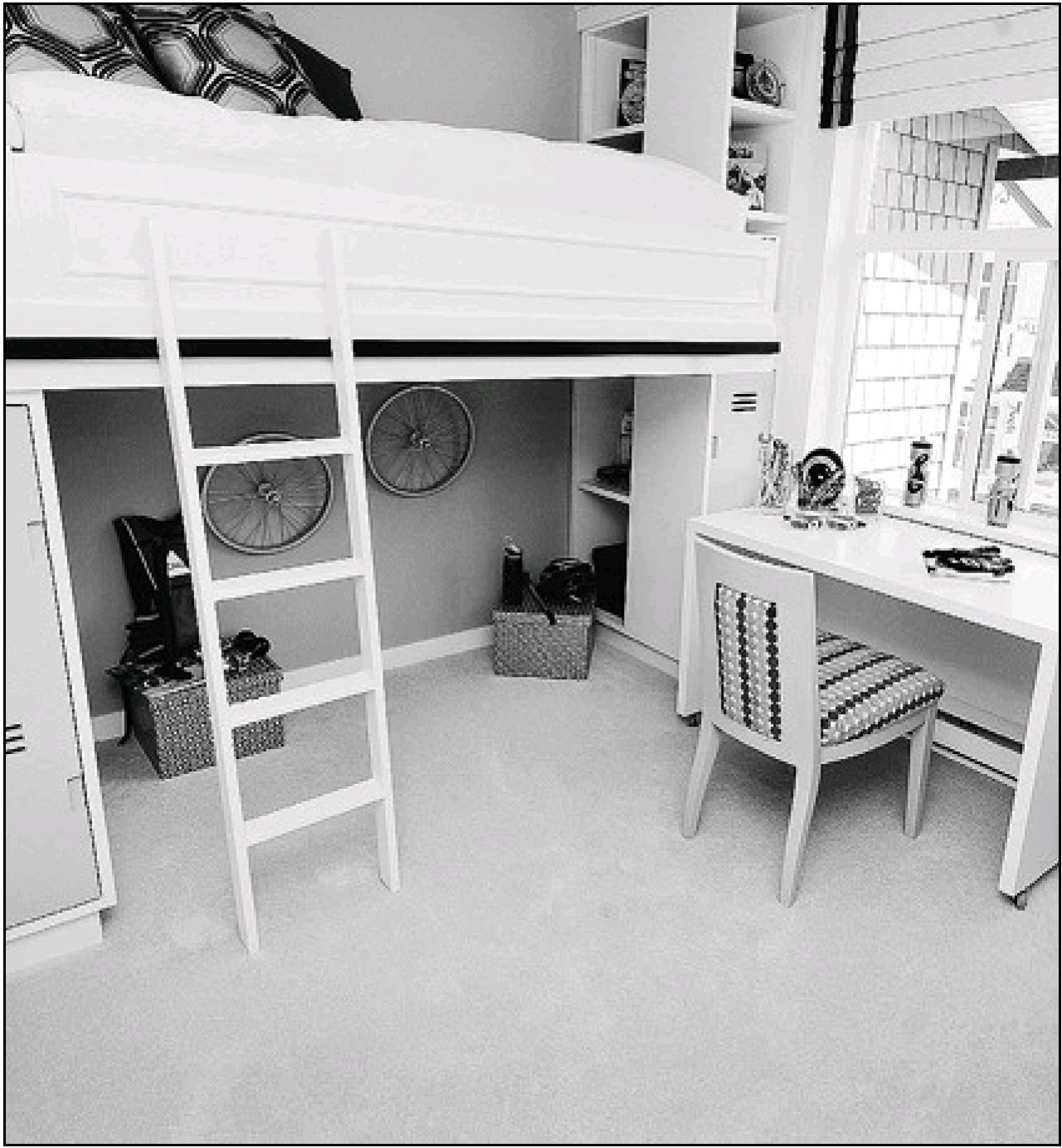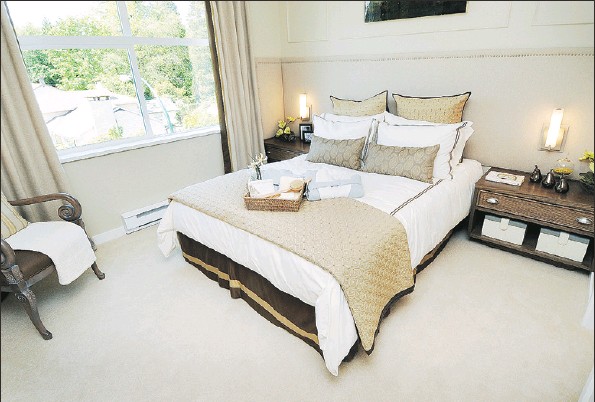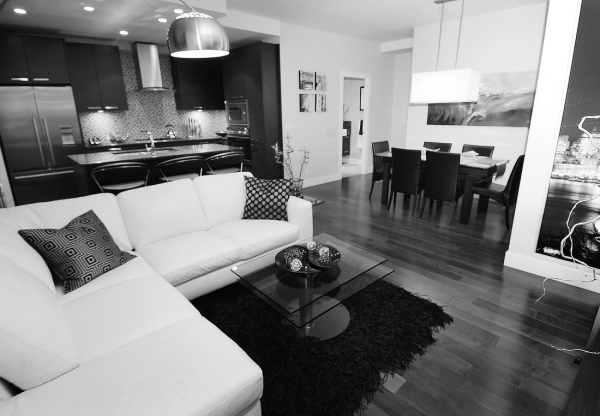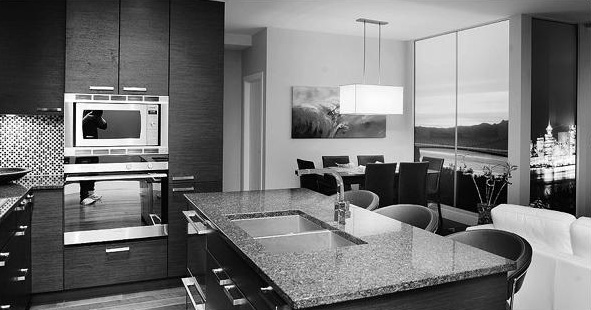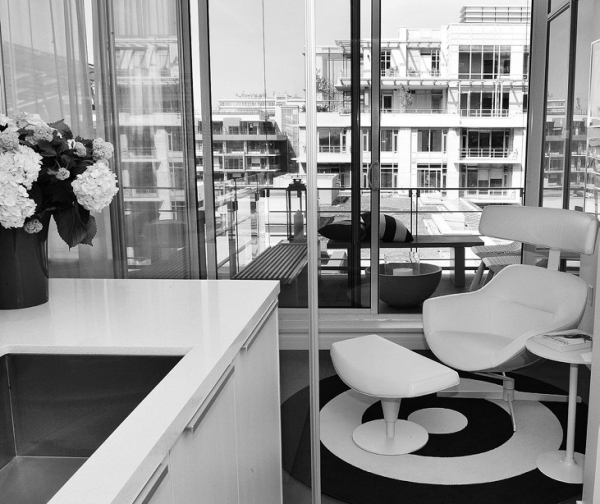Alba
Other
Archive for May, 2010
Los Cabo’s & San Jose finally get street addresses for a $14 US Fee – Welcome to the 21st Century
Sunday, May 30th, 2010Be smart and seek legal advice on your options
Sunday, May 30th, 2010Administration and management of a phased strata project can be a daunting task
Tony Gioventu
Province
Dear Condo Smarts: Thank you for the previous column on phased developments.
As a result of your column, we have already addressed the issue over unpaid strata fees by the developer.
Our strata is in a different situation with our phased development. We are in a seven-phase development that is 11 years old.
Two years ago, the developer completed the sixth phase, but never handed it over to the strata. Our development is doubly complicated because some phases were constructed before the new warranty program came into effect, while others had the backing of the warranty system to cover a problem that came up between 2001 and 2003.
We now have a dispute over who has access to the reserve funds and who has to pay for a special levy that relates to a boiler replacement in the first phase.
We have operated as separate strata corporations for the most part because each of the phases was different in design, but we also jointly used our reserve funds to pay for legal support for our warranty claims, and collections for unpaid strata fees.
We know we have not complied with the Strata Act, but for the most part, our strata has operated reasonably well.
How do we resolve the problem of the developer not completing the final phases or handing over the next phase as part of the plan?
— Vivian Mah, Richmond.
Dear Vivian: Depending on what phase you are in, it is very easy for a phased strata development to get into the behaviour of “what’s yours and what’s theirs”. Much to the detriment of the strata corporation, l have often seen “have-not” phases. The administration and management of a phased development is a daunting task for the most dedicated strata council; however, complicate that with a new council each year, the different evolving conditions of each phase, new owners who have never lived in a strata, inexperience of the council or a manager, and the strata corporation can easily get into serious trouble.
There is no provision in the Strata Property Act for a phased development to operate as different sections, unless the buildings are different types.
Sections can be created in a phase for separate legal entities if, for example, they are residential and non-residential or different types such as a townhouse section and a highrise section. There are many variations of sections; however, if the strata corporation by bylaw, has not legally created the separate sections, you are required to function as one common entity, including joint operating budgets, bylaws, reserve fund contributions and joint common costs for special levies.
Just because a strata is phased does not mean that separate sections have been created.
Vivian’s strata has never adopted bylaws that created separate sections, and their history has been complicated by inconsistent use of common funds and the inconsistent allocation of common expenses.
In a phased development, every phase is part of the same single strata. The reserve funds collected by the first, second, and third phases are also the reserve funds that may be accessed by the fourth, fifth, and sixth phases.
If you buy into the seventh phase of a strata, it is quite possible you could be facing a special levy for expenses relating to the earlier phases. Once the plan is deposited, you are amalgamated; it’s one for one and one for all.
When the developer deposits a new phase, the land of that phase is consolidated with the land in the previously deposited strata plan, and the strata corporation established with the deposit of the phase is amalgamated with the strata corporation deposited as the first phase. The developer must immediately notify the strata corporation when a phase is deposited, and when 50 per cent of the units are sold or within six months after the deposit, the annual general meeting (AGM) of that phase must be held.
Even if none of the units are sold and the phase is deposited, the meeting for the phase has to be held within six months, the AGM is held, new council are elected, and the strata council and common operations and expenses are all consolidated into the original strata corporation.
The final completion of the phases may be delayed or even not completed. The complications arise when the developer does not complete amenities or recreational facilities as intended, or if they delay the timing of the next phases, or intend to make significant changes in the next phases to be developed. Under any of the above, the developer must give notice to the strata corporation, and the strata should seek legal advice on what options exist before the strata corporation considers granting any concessions.
Tony Gioventu is executive director of the Condominium Home Owners’ Association. E-mail tony@choa. bc.ca.
© Copyright (c) The Province

